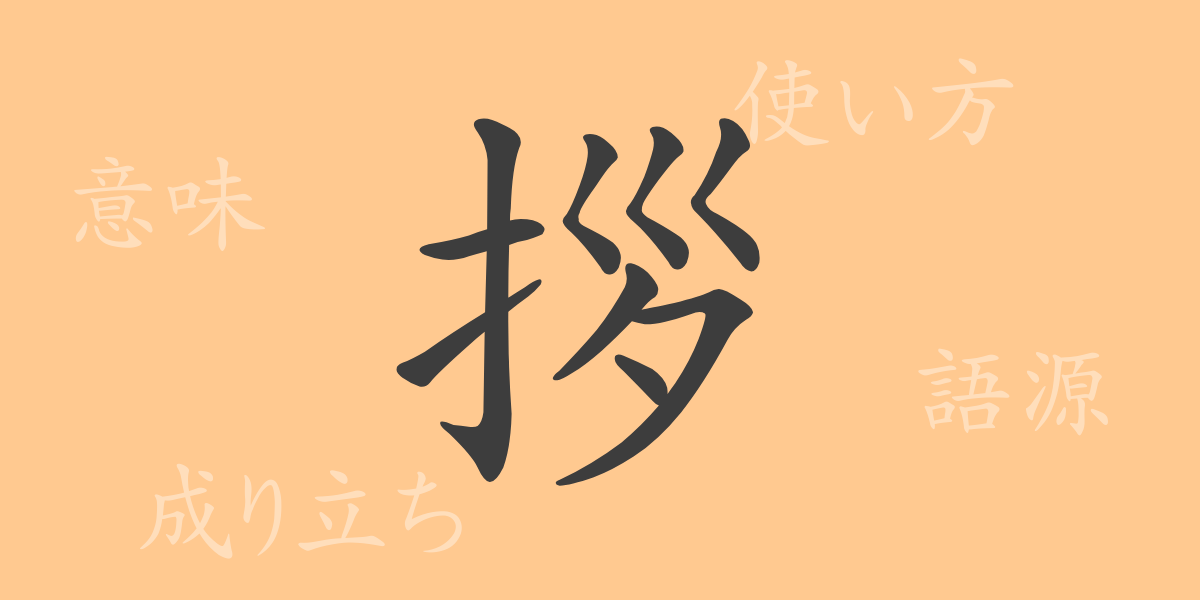The depth of Japanese written culture is reflected in its many kanji, each with a unique history and meaning. Today, let’s focus on “拶” (さつ, satsu), a kanji that is not commonly used but is part of the standard Japanese kanji set. This article will delve into everything about “拶,” from its origin and meaning to its usage and related idioms and phrases. Join us as we explore this intriguing kanji in detail.
Origin of 拶 (さつ, satsu)
The kanji “拶” (さつ, satsu) originated in ancient China. It derived from pictograms that depicted “pressing” or “approaching.” The character visually represents a hand squeezing something. Due to its imagery of pressing or approaching, “拶” is often used in modern times to convey a sense of time pressure or urgency.
Meaning and Usage of 拶 (さつ, satsu)
The kanji “拶” (さつ, satsu) means “to approach” or “to press.” It is frequently used in contexts related to time, such as in the phrase “期限が拶迫する” (きげんがさっぽくする, kigen ga sappsoku suru), which means “the deadline is approaching.” It can also abstractly represent situations of urgency or pressure, like “状況が緊迫する” (じょうきょうがきんぱくする, jōkyō ga kinpaku suru), meaning “the situation is tense.”
Reading, Stroke Count, and Radical of 拶 (さつ, satsu)
The kanji “拶” (さつ, satsu) is unique in Japanese, with only one reading.
- Reading: The on’yomi (音読み) reading is “さつ” (satsu).
- Stroke count: 9 strokes.
- Radical: The radical is 扌 (てへん, tehen), which is related to the hand.
Idioms, Phrases, and Proverbs Using 拶 (さつ, satsu) and Their Meanings
While there are not many idioms or phrases that use “拶” (さつ, satsu), a few examples include:
- 拶擦 (さっさつ, sassatsu): To attack each other fiercely.
- 拶問 (さっもん, sammon): To question someone abruptly.
- 拶励 (さつれい, satsurei): To encourage or the act of encouragement.
These idioms and phrases all reflect the core meaning of “拶” (さつ, satsu) as “approaching” or “pressing.”
Conclusion on 拶 (さつ, satsu)
Although the kanji “拶” (さつ, satsu) is not frequently used, it plays a unique role in the Japanese language. It is often employed to express a sense of urgency or approaching time and is seen in idioms and phrases that highlight the depth of Japanese expression. Understanding the history and meaning of each kanji like “拶” (さつ, satsu) allows us to appreciate the richness of the Japanese language even more.

























